Eco-friendly pitches are transforming rugby from the ground up
As rugby continues to evolve—welcoming more players, growing its global audience, and expanding its reach across all genders and levels—the playing surfaces and facilities that support the sport must keep pace. Rugby demands more than just tradition. It needs year-round reliability, all-weather performance, and environmentally responsible design.
In 2024 and 2025, three rugby grounds underwent complete modernization—Stade Sabathé in Montpellier (France), Derby RFC in England, and The Gully at New Plymouth Boys’ High School in New Zealand. Despite their geographical differences, all three chose the same forward-looking solution: a high-performance synthetic turf system built around LigaTurf Cross GT zero and the sustainable infill BrockFILL.
One Turf System. Global Impact.
Whether it’s a city stadium, a club facility, or a school ground steeped in tradition, rugby venues face increasingly similar challenges. Natural grass often can’t withstand heavy use and variable weather, leading to cancellations, high maintenance costs, and limited availability.
The answer lies in advanced turf systems like LigaTurf Cross GT zero—the world’s first CO₂-neutral synthetic turf—paired with organic infill materials such as cork, BrockFILL, or corn cob. This combination delivers top-tier performance, durability, and sustainability for rugby, football, American football, and other field sports at all levels.
Montpellier’s Stade Sabathé: Meeting Modern Multi-Sport Needs
At Stade Sabathé, Montpellier’s historic rugby venue, the city needed a surface that could handle increased usage without sacrificing quality. Now home to Montpellier Hérault Rugby’s women’s team, as well as rugby league and American football clubs, the venue needed a high-quality, weather-resistant surface.
The installation of LigaTurf Cross GT zero with BrockFILL allows Stade Sabathé to maintain elite-level play throughout the year, regardless of weather. The upgrade, part of a wider investment by the City of Montpellier, reflects the growing recognition of women’s rugby and the need for equitable, future-ready facilities.

Derby RFC: Flood Resilience with Performance at the Core
In Derby, England, Derby Rugby Football Club had a clear problem: their artificial pitch, installed in 2018, sat on a floodplain and was frequently unusable. Rather than accept a cycle of damage and repair, the club set out to build a smarter, more robust field from the ground up.

The 2024 upgrade included a new tarmac engineered base, PolyBase GT shockpad, and a full LigaTurf Cross GT zero system finished with BrockFILL. This wasn’t just a surface replacement—it was a full drainage and performance rethink. Today, the field supports year-round play for senior, junior, and community teams, with minimal disruption.

The Gully, New Plymouth: Tradition Meets Innovation
In New Zealand, rugby isn’t just a sport—it’s part of the national identity The Gully at New Plymouth Boys’ High School has produced generations of rugby legends, but was suffering from poor drainage and limited usability.
In 2025, the pitch was completely rebuilt. Alongside the LigaTurf Cross GT zero with BrockFILL, the school installed a modern irrigation and rainwater management system and upgraded floodlights. Today, The Gully stands as both a symbol of rugby tradition and a model for sustainable, future-ready sports infrastructure.

Rugby Infrastructure, Reimagined
Whether it’s a school pitch in New Zealand, a club field in England, or a municipal stadium in France—these three projects show how modern synthetic turf systems are helping rugby move forward. Weather-resistant, durable, and sustainable, they provide high-quality playing conditions day after day. These are the same advantages that have already made synthetic turf a standard in football and field hockey.
Whether building new or upgrading existing fields, systems like LigaTurf Cross GT zero and BrockFILL are setting new benchmarks for high-performance, future-proof rugby pitches.
More Posts
Discover exciting news about modern synthetic turf systems, track surfaces, cutting-edge technologies, and general information about Polytan. In addition to news, we also provide background information in our blog on sports field construction, sustainability in sports surfaces, and other topics.
-1024x682.webp)
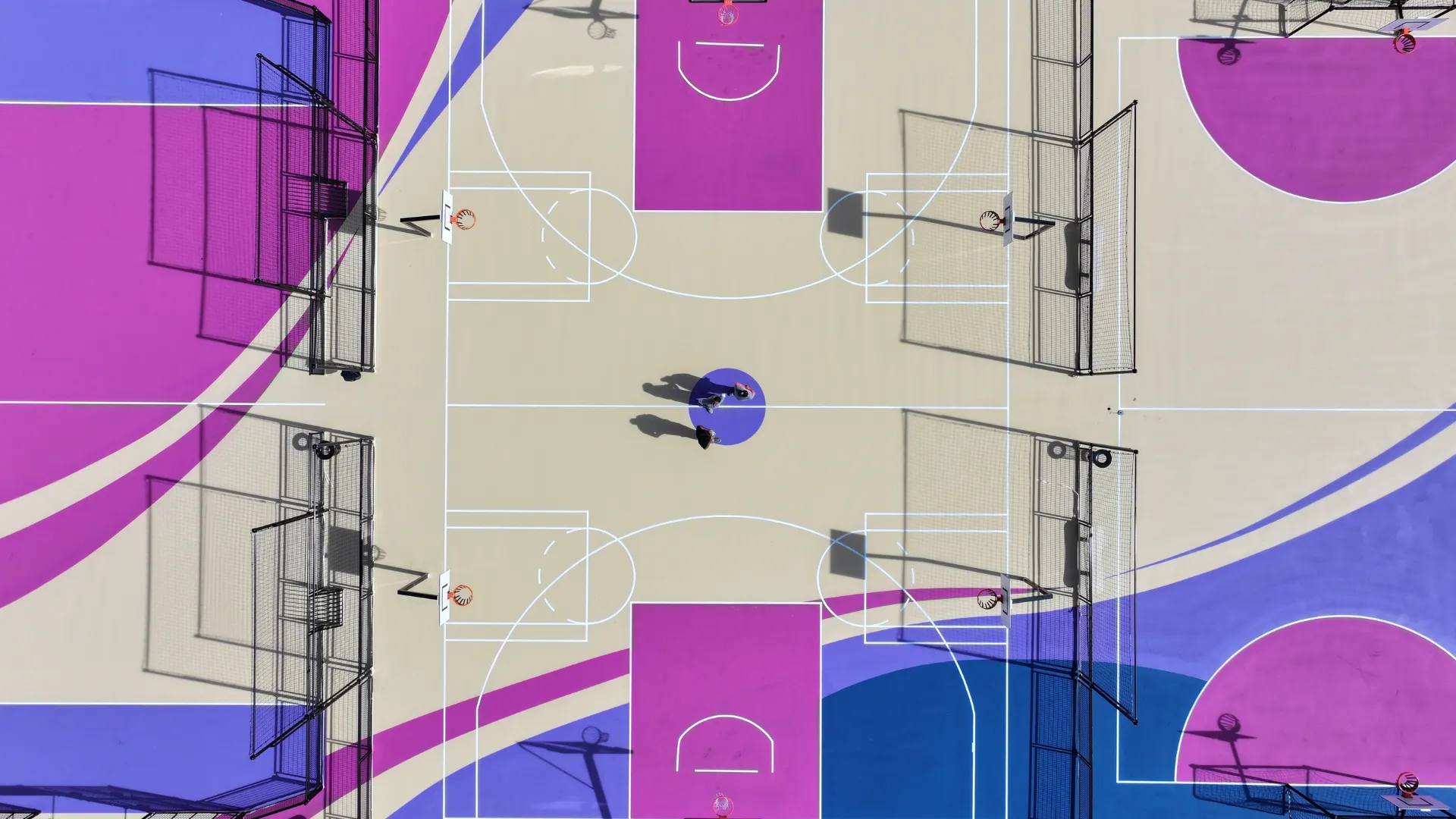




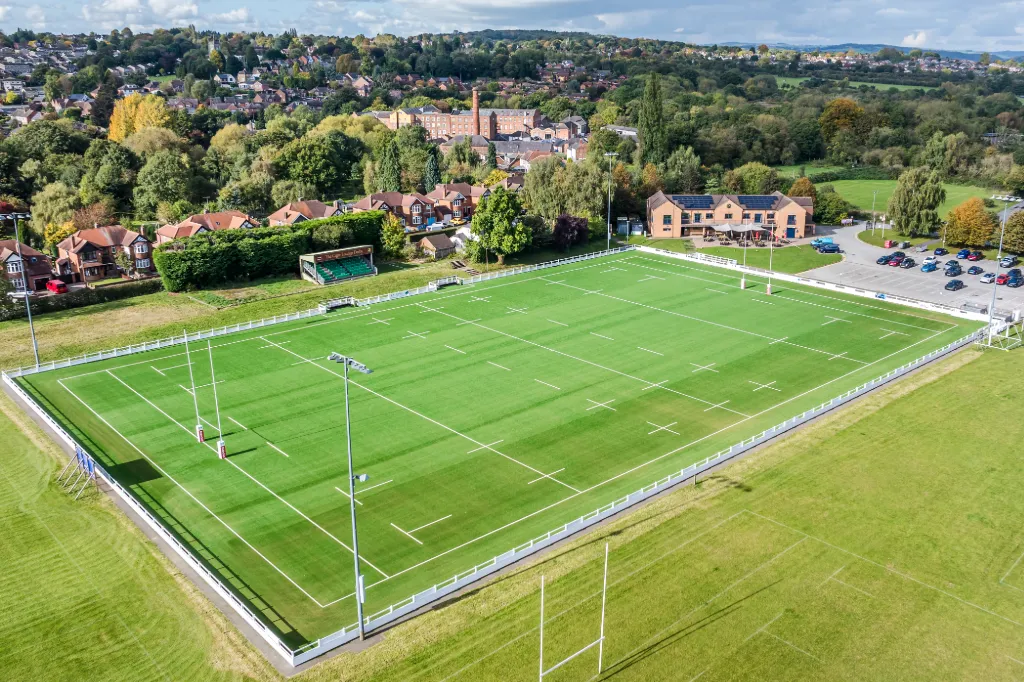

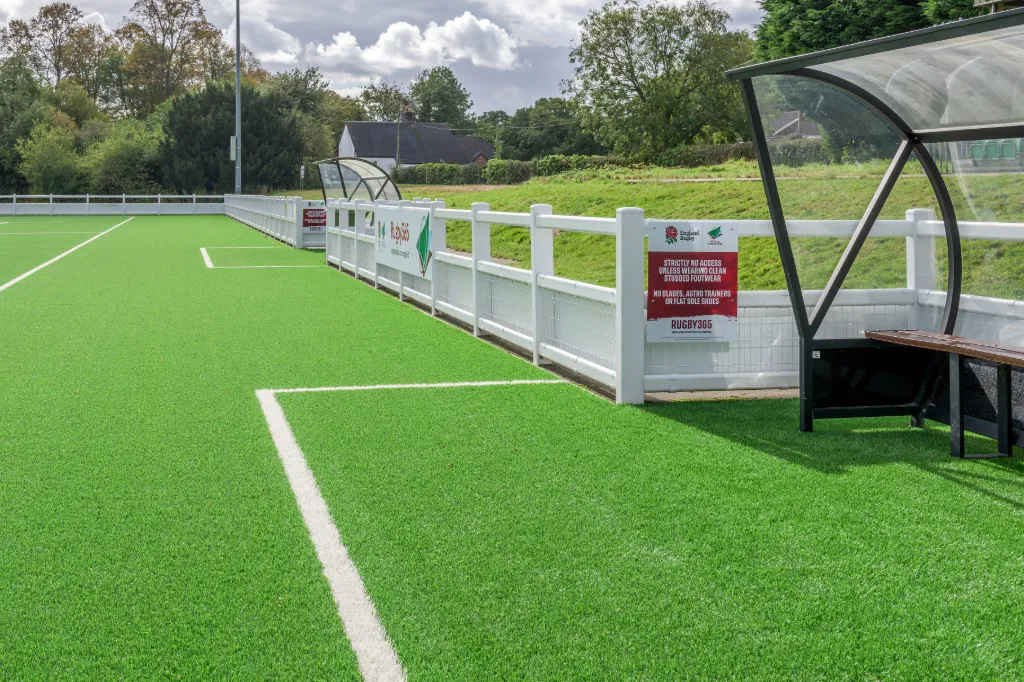
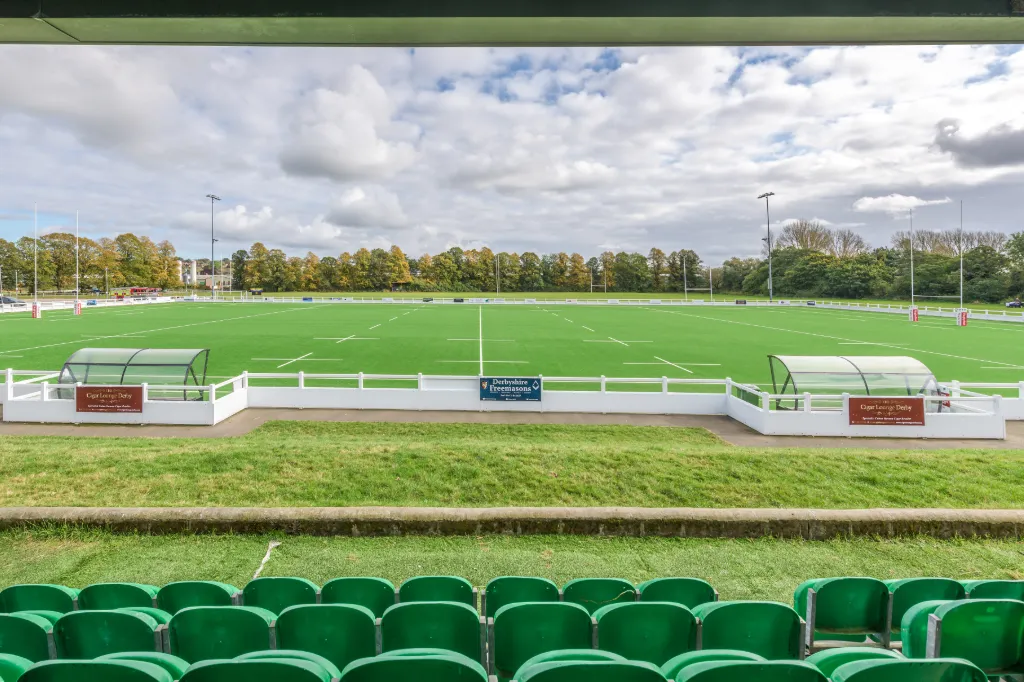


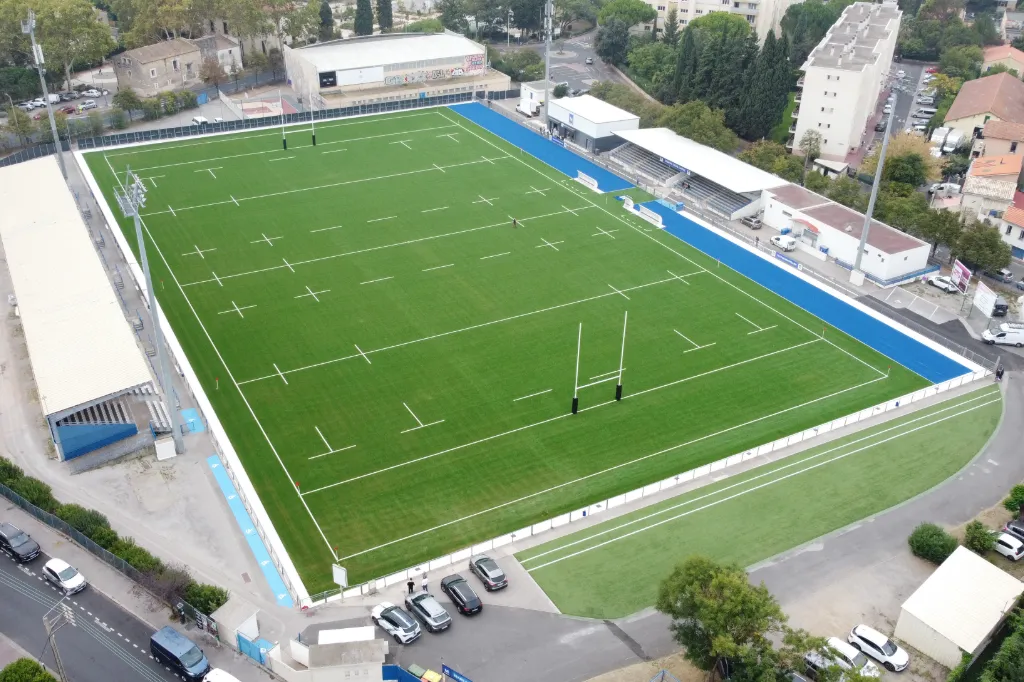









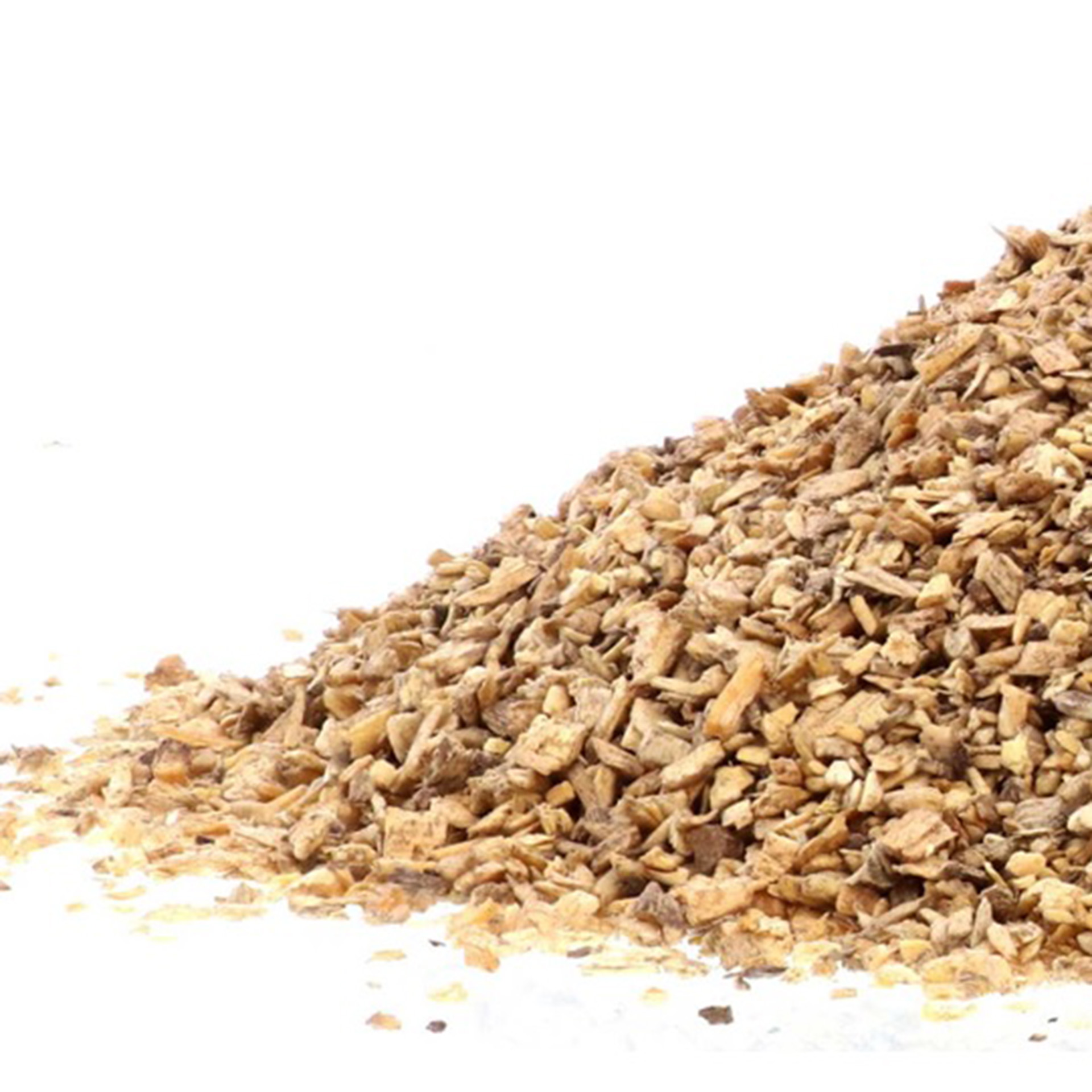











-600x300.webp)
-600x300.webp)
